Lavender Flowering Seeds
₹150.00 ₹132.00
A sweetly fragrant lavender used for perfume and sachets; also good for flavoring ice cream, jams, meat rubs, and pastries.Bloom beautiful flowers at your place to freshen your everyday with Lavender Flowering Seeds
Description
Purchase Description
- Lavender Flowering Seeds
- Quantity : Around 50 seeds
Description
Lavender, an herb with many culinary uses, also makes a stunning addition to borders and perennial gardens, providing sweeping drifts of color from early summer into fall. With its silvery-green foliage, upright flower spikes and compact shrub-like form, lavender is ideal for creating informal hedges. You can also harvest it for fragrant floral arrangements, sachets, and potpourri.
Lavender is grown in northern Africa and the Mediterranean mountains, often for extraction of its essential oils.The medicinal benefits of using lavender to treat anxiety, fungal infections, hair loss, and wounds have been demonstrated.Evidence does not yet support the use of lavender to treat depression, high blood pressure, nausea, menstrual pain, or eczema, among other conditions.Lavender is not approved by the Food and Drug Administration (FDA) and should not be taken in place of approved and prescribed medicines.
CLIMATE CONSIDERATIONS
Lavender is a tough, dependable woody perennial that will last for several years under the right conditions. Because of its Mediterranean origin, lavender loves blazing hot sun and dry soil. If your lavender doesn’t thrive, it’s most likely due to overwatering, too much shade, and high humidity levels.
English lavenders and their hybrids are the best varieties for cooler climates, since they are cold hardy north to Zone 5. However, they will grow best in a sheltered location with winter protection. For southern gardens in extremely hot, humid climates, Spanish and French lavenders are more tolerant of the moist conditions, but should be spaced apart to allow good air circulation.
If your winters are too harsh or your soil is heavy and dense, consider growing lavender in containers. They will flourish as long as they receive at least 8 hours of direct sunlight a day and are planted in a high-quality potting mix with good drainage. In winter, bring your container plants indoors and place them in a sunny window.
GROWING LAVENDER
Growing lavender is easy and rewarding. Lavender can be grown in garden beds or in pots. To grow lavender successfully it needs well-drained soil and full sun. In arid climates lavender grows well as a perennial, but in humid climates it is often grown as an annual.
Learn how to grow lavender:
- Purchase healthy lavender plants for your garden
- Bring them home and water them if you can’t plant them immediately
- Select a location for your lavender that receives full sun
- Set the potted plants in different spots to decide where they look best
- Unpot, plant and water your lavender
- Provide consistent watering until the lavender becomes established
- Prune back your lavender each spring
PLANTING, PRUNING & WATERING TIPS
All lavender varieties require well-drained soil, especially during the winter months. To ensure good drainage, mix some sand or gravel into the soil before you plant lavender or grow the plants in mounds, raised beds, or on slopes. Instead of applying moisture-holding organic mulches, consider using rock or stone, especially in humid climates.
Once established, lavender is very low-maintenance and requires minimal watering or pruning. If the stems become woody as the plant matures, prune it back by about half its height in the spring to promote fresh new growth and robust flowering. Plants that aren’t pruned also have a tendency to sprawl, leaving a hole in the middle. In the summer, clip faded blooms to encourage repeat blooming throughout the season.
- Check your soil’s pH. "If it’s too acidic you can kiss your lavender goodbye," he says. They will look great at first, but after a few years you may notice plants dying off randomly. Once the roots grow out into the native, un-amended soil trouble can begin. Most universities will check your pH relatively cheaply or some hardware stores for free. You can amend your soil with lime to better accommodate your lavender plants.
- Don’t overwater. "As a large-scale grower, we typically irrigate twice a year—that’s it," states Claibourn. Give your lavender a long soak to promote root growth, short and frequent watering cycles result in unhealthy roots that may rot.
Only logged in customers who have purchased this product may leave a review.


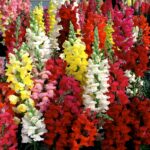


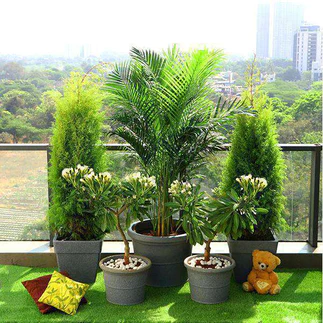
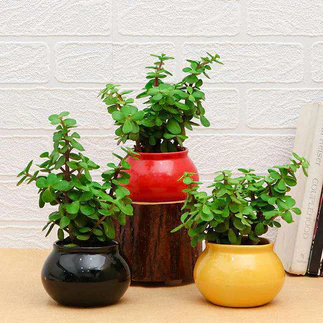
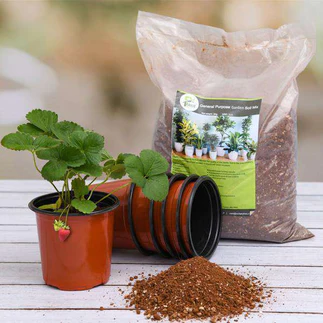
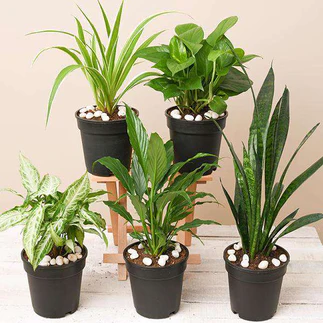
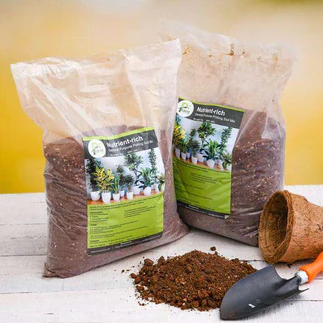
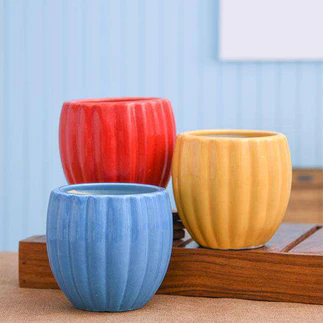
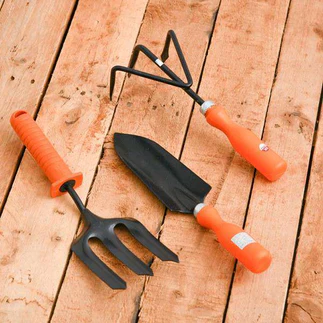
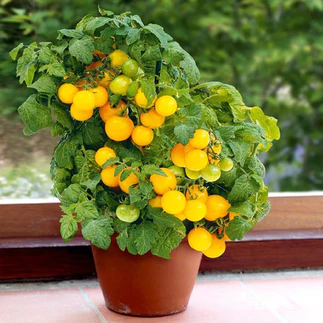
Reviews
There are no reviews yet.